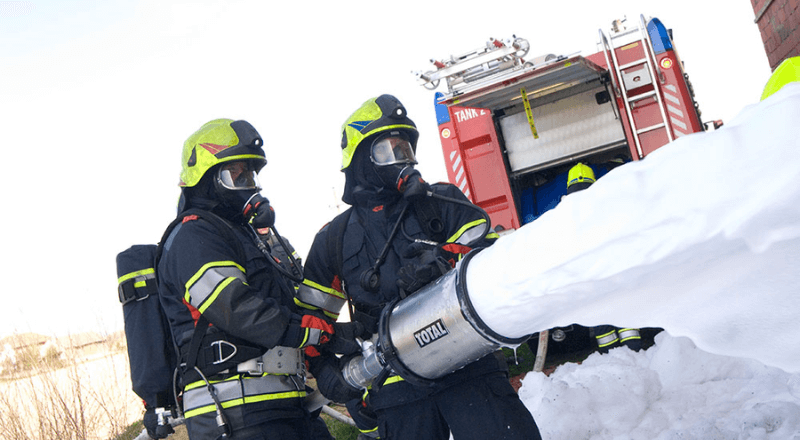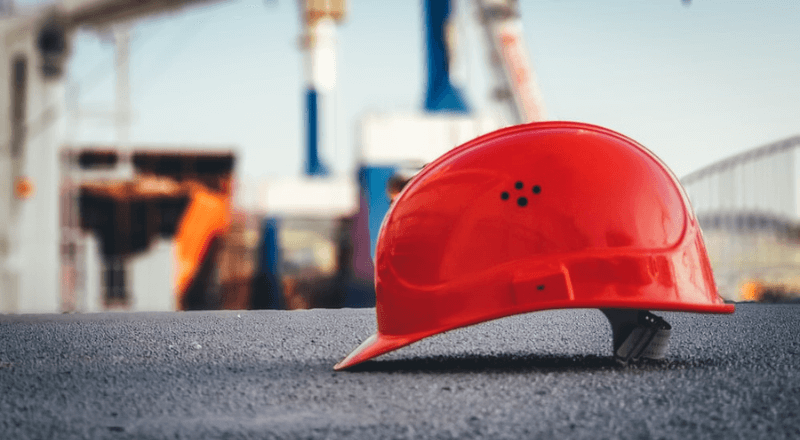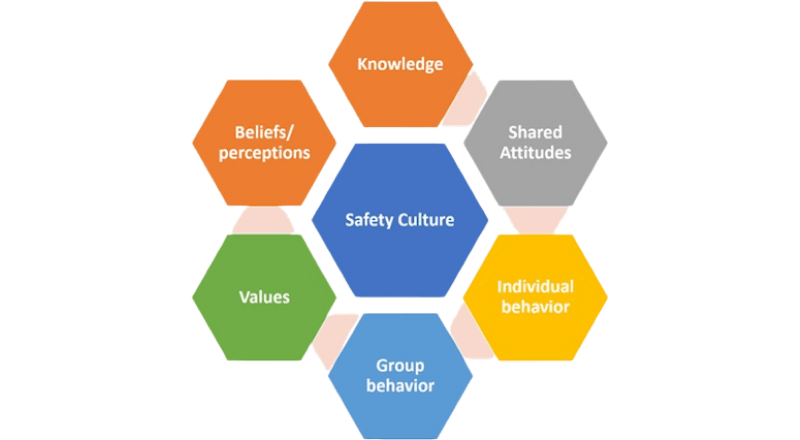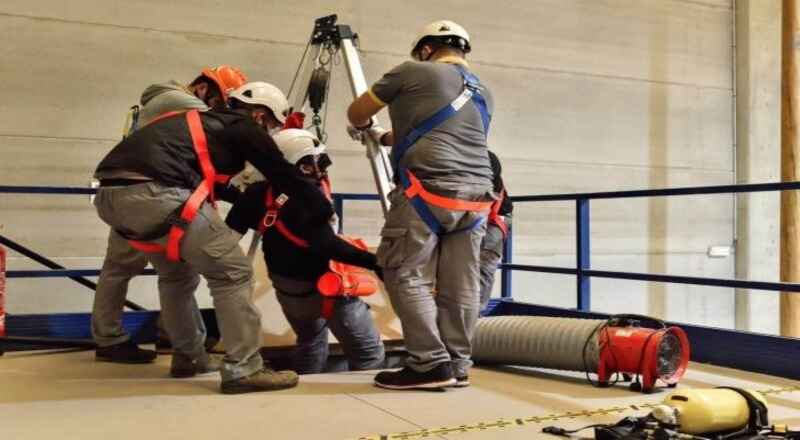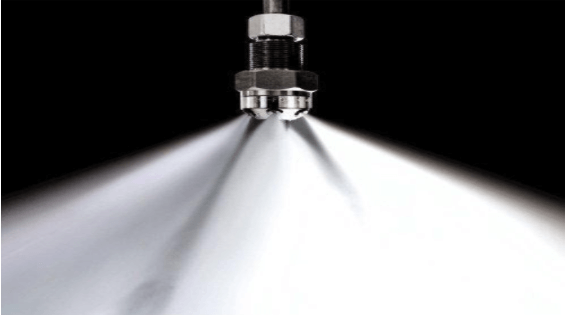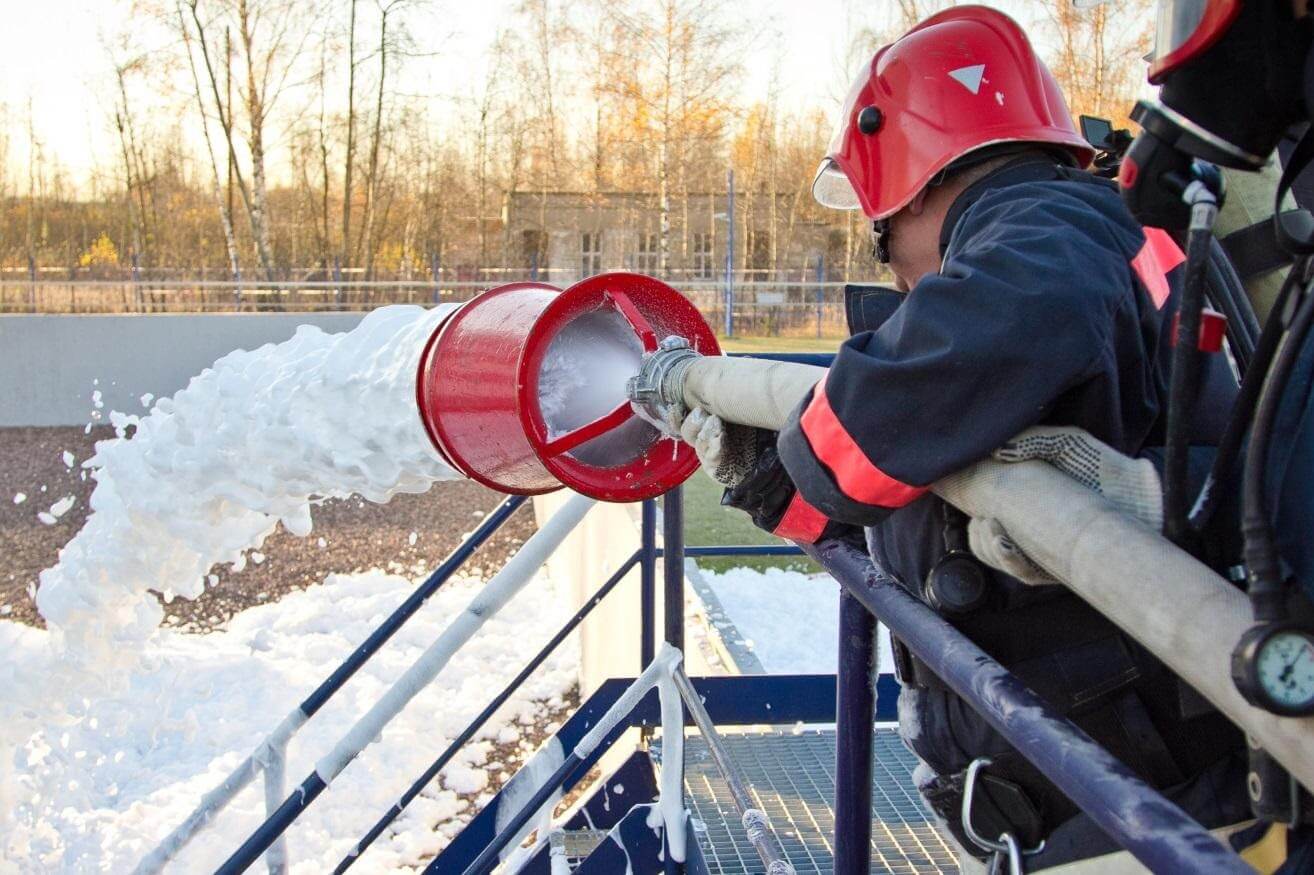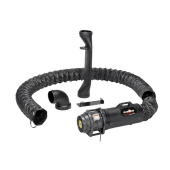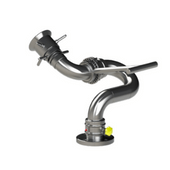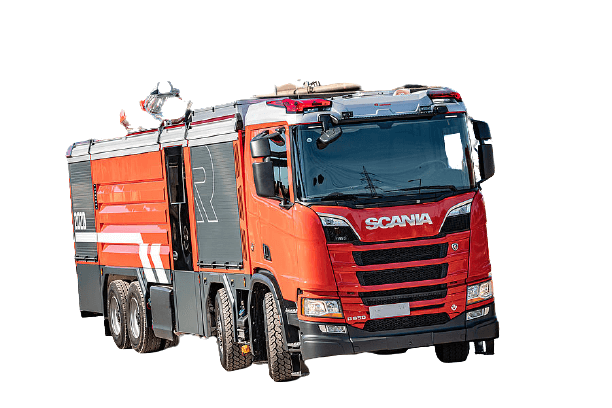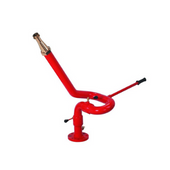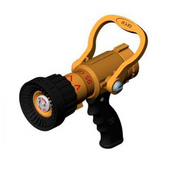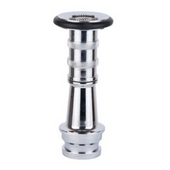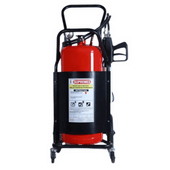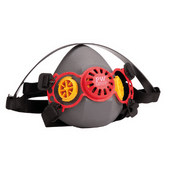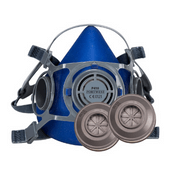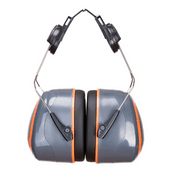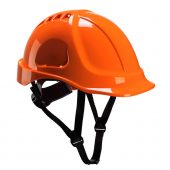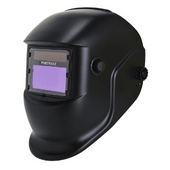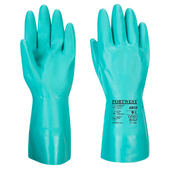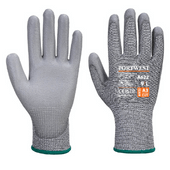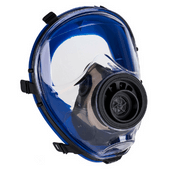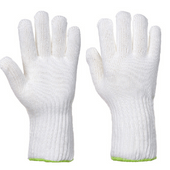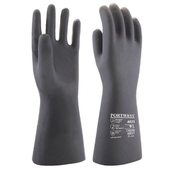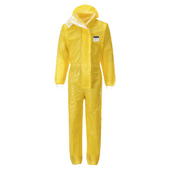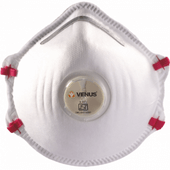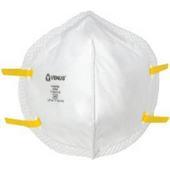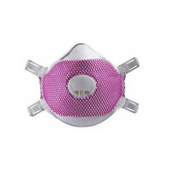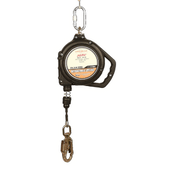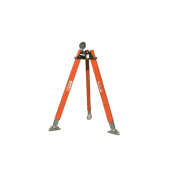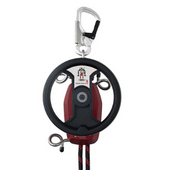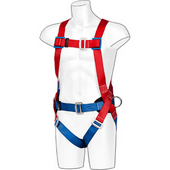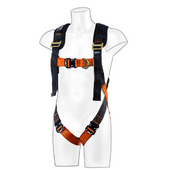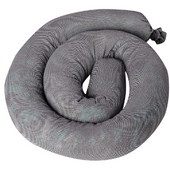
How to work Night Shift and stay Healthy?
Night Shift work is regularly under review because there is evidence that this type of working arrangement can see workers at risk of developing serious health issues because they fail to get enough sleep. One of the causes of disruptive or ‘short’ sleep is that sleeping times may not be aligned with the body’s natural circadian rhythms. Most people’s circadian rhythms align with light and dark or day and night cycles. However, some people are naturally early risers and others are night owls. Our individual sleep time preferences are known as ‘chronotypes’. The problem is when shift work interrupts our circadian rhythms to stop us from sleeping when we feel we need to.
In this article, we explore shift work, sleep time preferences and the link to chronic diseases such as obesity, cancer, musculoskeletal disorders and declining mental health. The research is limited, but a recent article reviews what is currently available to summarise the findings. Overall, there is a potential association between shift work and poor health.
Reducing night shift working for staff is helpful, but eradicating shift work is not an option, especially for critical health services, mining operations, protective services, and other occupations. However, identifying worker’s chronotypes and matching them to shift times may reduce the development of chronic disease and could guide health and safety professionals as they manage the risks for their employees.
Short Sleep Contributes to Health Issues
It is not uncommon for night shift workers to report sleeping less than six hours in a 24-hour period. There is evidence that suggests short sleep contributes to cardiovascular disease, stroke, obesity, type 2 diabetes, various types of cancer and shorter life span. Not getting enough regular sleep has economic impacts in that it leads to absenteeism, and a decrease in productivity. It is estimated to cost over $680 billion every year across the US, Canada, Germany, Japan and the UK.
The problem is not the shift work itself, rather that we ask workers who are naturally early risers to work late night-shifts and sleep during the day. Sleeping during the day, when the circadian rhythms are signalling the body to be awake, can lead to poor quality and shortened sleep and prevents a full recovery from the previous night’s work. This misalignment of shift timing to sleep preferences is a major cause of short sleep in shift workers.
Linking Shift Work and Chronotype to Obesity
There is limited research linking shift work and obesity. However, one study suggests that workers who work nightshift and identify as morning chronotypes are less likely to engage in physical activity and will have higher BMIs and waist circumferences. Another study finds that nightshift workers are more likely to eat more and that they crave foods with high calories and fat content.
It also seems that mismatching chronotype with work time increases the risk of developing type 2 diabetes. The research shows that workers with morning chronotypes who begin night shift work and who have never worked the night shift before are more likely to develop type 2 diabetes. And evening chronotypes who begin working the night shift when they haven’t done so before are 1.5 times more likely to develop type 2 diabetes due to weight gain. However, evening chronotypes who regularly work the night shift have a lower risk because they have higher triglycerides and insulin resistance. There appears to be an argument to match evening chronotypes to night shift work to reduce the onset of type 2 diabetes.
Linking Shift Work and Chronotype to Cancer
Research conducted in Finland found that evening chronotype workers have a higher risk of developing prostate cancer than morning chronotype workers, particularly when the work shift times did not match their preferred sleep times. Another study found that morning chronotype workers who regularly work night shifts are twice as likely as evening chronotypes working the same shifts in developing breast cancer. It appears the mismatched timing of shifts to circadian rhythms was the main cause of the increased risk, rather than the shift work itself. A further study finds similar results and also notes that rotating night shift work didn’t help to reduce the risk.
Linking Shift Work and Chronotype to MSDs
There are several links to increased musculoskeletal disorders for night shift workers. Evening chronotypes working the night shift are at high risk of receiving an MSD. Also, obesity increases the risk of MSD exposure. For workers with higher BMIs and waist circumferences, the likelihood of a workplace injury is more common, especially when they are in roles that require little physical activity. Given that night shift workers may eat more and crave foods with higher calories and fat, organisations may need to monitor their healthy eating programmes for night shift workers more closely.
Linking Shift Work and Chronotype to Declining Mental Health
Sleep has been linked to depressive symptoms. When we’re tired we fail to express our emotions effectively, in that we fail to recognise other’s emotions and we have an increase in our emotional response in that we can either overreact or under react to situations. Sleep deprivation leads to increased irritability, anger, and hostility. Lack of sleep creates overreactions to problematic events and reduced friendliness, happiness and empathy. Sleep-deprived individuals are less able to appreciate humour and are worse at resolving interpersonal conflicts. Lack of sleep has been associated with an increase in mood disorders, including depression and post-traumatic stress disorder. People who suffer from insomnia are at elevated risk for depression, anxiety disorders, alcoholism, substance misuse, and nicotine dependence. Finally, obesity and depression have a mutual relationship.
Conclusion:
The research is indicating that shift work as a working arrangement needs to be managed better. Many workers are required to work the night shift, particularly when they provide emergency and protective services, and where they work for companies with 24-hour operations, such as mining, manufacturing and power generation. Working the night shift can create disruptive and short sleep, but night work is not in itself the main problem. The issue is that we require morning chronotype workers to work the night shift and this conflicts with their normal circadian rhythms for sleep and awake times.
For health and safety professionals managing the risks associated with shift work and sleep, chronotypes are very real. There is evidence of long-term chronic disease associated with a mismatch of shift work and chronotypes including increased cardiovascular disease, stroke, obesity, type 2 diabetes, various types of cancer and shorter life span. Not getting enough regular sleep has economic impacts in that it leads to presenteeism, absenteeism, and a decrease in productivity.
Is the answer as simple as developing a better alignment with a worker’s natural chronotype and their work times? As a start, would it be useful to survey your employees to find out what their natural chronotype is? And from there conduct a risk assessment to determine the best control measures you can use? It’s a complex problem because at all times you must offer a fair workplace to ensure the load isn’t carried by a select few, all the while managing the long-term risks.





